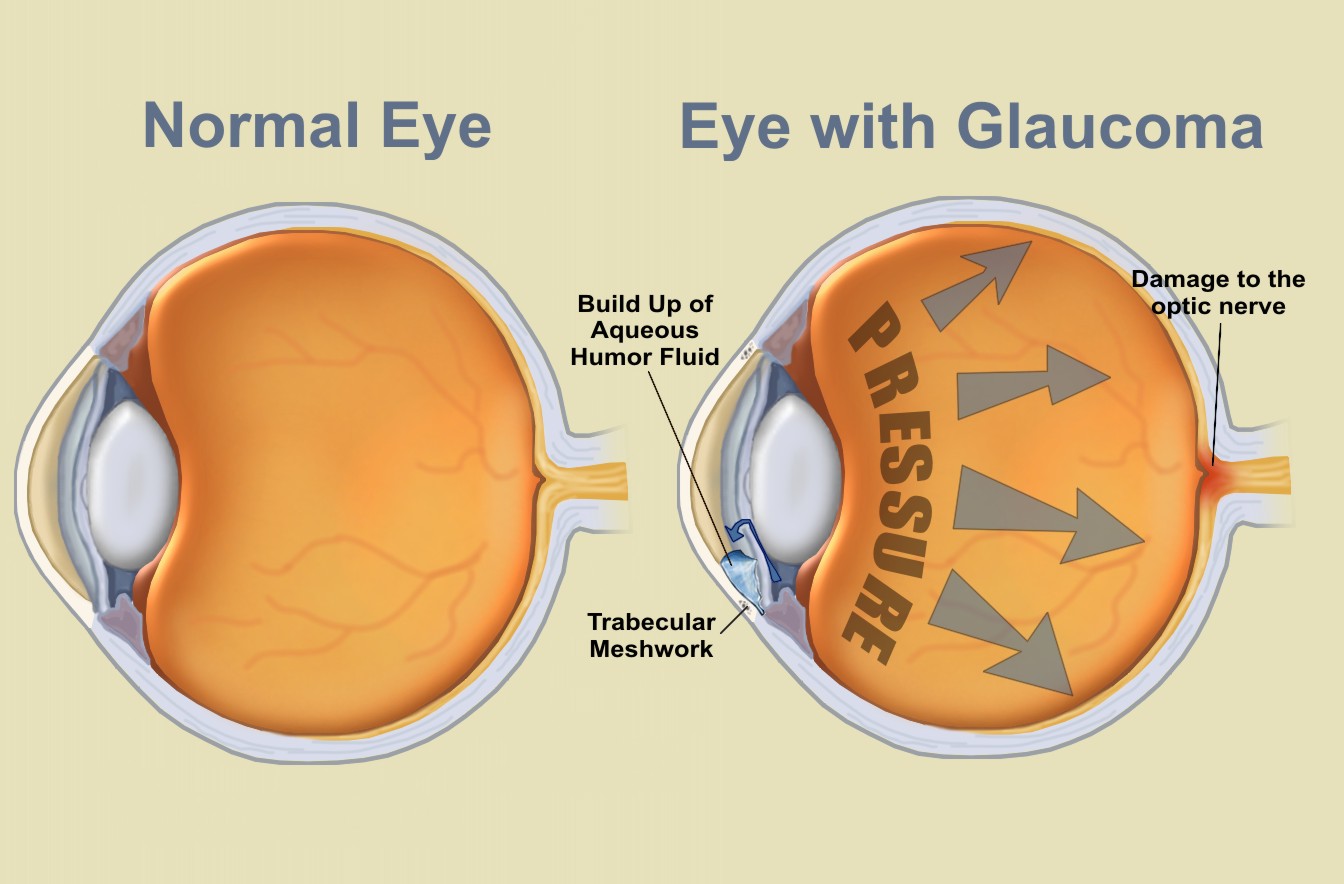
Glaucoma is a group of eye diseases that damage the optic nerve, and is a leading cause of preventable blindness. Although there are many variation of the disease, glaucoma results in a specific pattern of optic nerve damage and visual field loss. Many variations of this disease are characterized by elevated intraocular pressure.
Glaucoma is often referred to as “the sneak thief of sight” because in its early stages, glaucoma may present few or no symptoms and can gradually steal sight without warning if left untreated. It is estimated that only half of the nearly 3 million Americans with glaucoma have been diagnosed.
Things to Know About Glaucoma
Glaucoma Risk Factors
A comprehensive eye exam can identify risk factors such as thin corneas, optic nerve asymmetry (a condition where the optic nerves do not appear as mirror images) and elevated intra-ocular eye pressure. READ MORE
Types of Glaucoma
Open angle glaucoma accounts for more than 90% of all diagnosed cases of glaucoma. However, there are several variations of open-angle glaucoma.

Treatment Options
While there is no known way to cure or prevent glaucoma, early detection and intervention are the best methods for an improved outcome. Elevated IOP is the only treatable risk factor for glaucoma and can usually be lowered and controlled with prescription eye drops, sometimes in combination with pills. These medications decrease eye pressure, either by slowing the production of aqueous humor, a fluid in the eye, or by increasing the drainage of it from the eye. Laser treatment or even surgery may be needed when medical treatment alone is unable to prevent progression of optic nerve damage. Early detection and aggressive treatment to lower and control IOP can help preserve vision. If you suffer from glaucoma, your eye care provider is your best resource regarding treatment options.
For more information on Glaucoma please visit the Glaucoma Research Foundation website.
